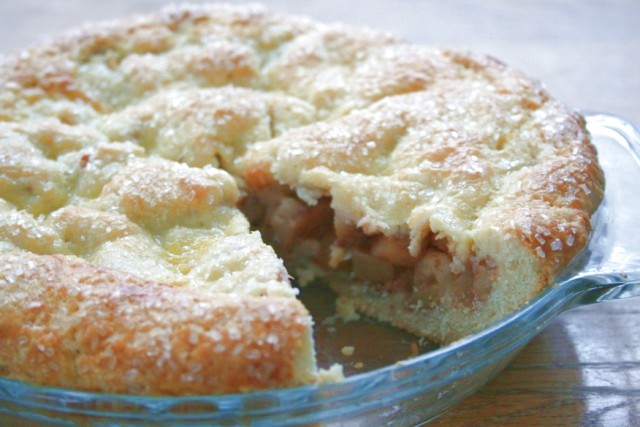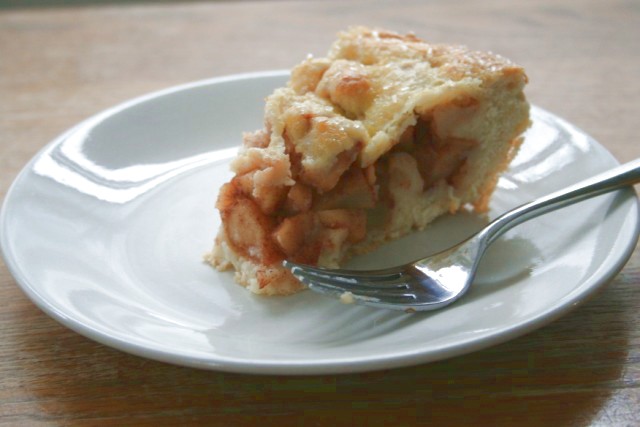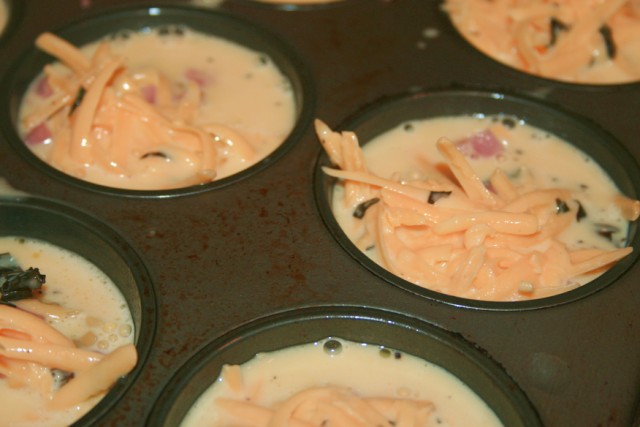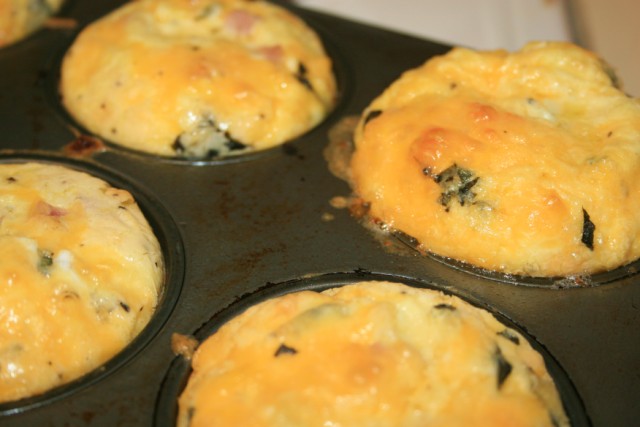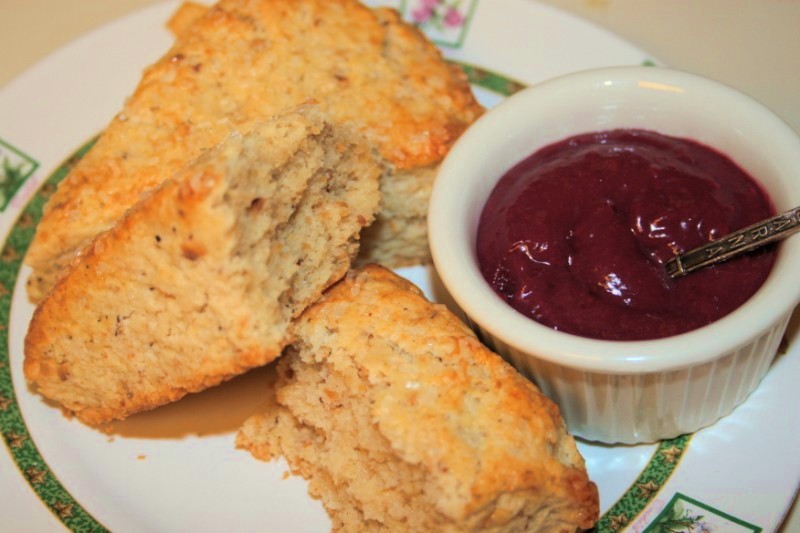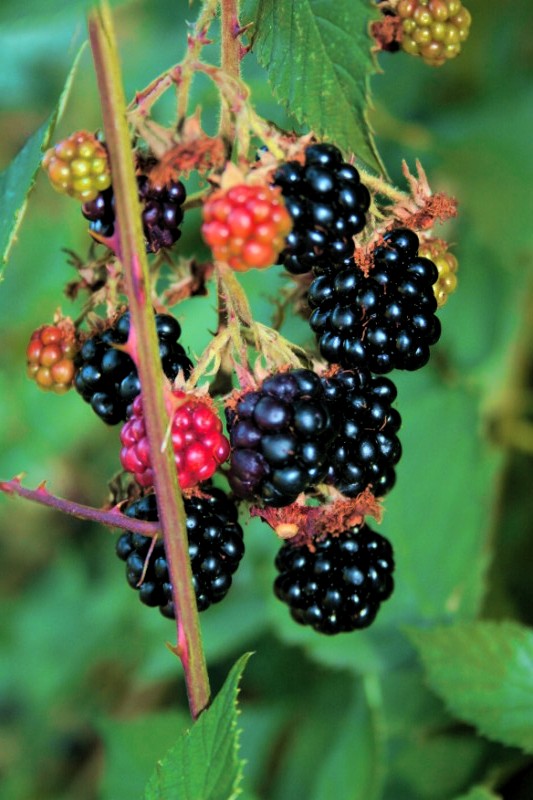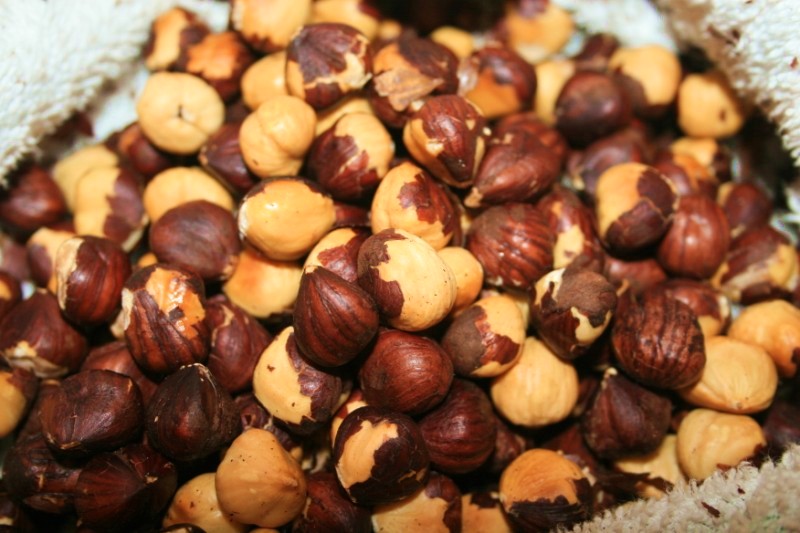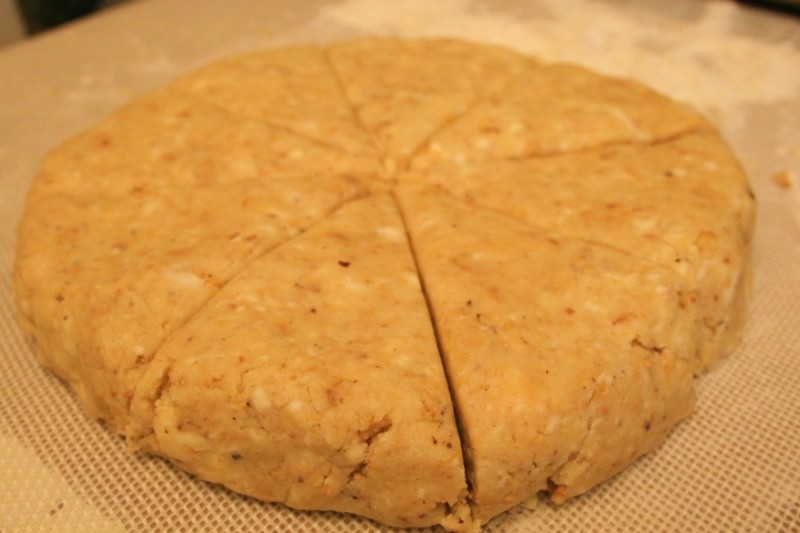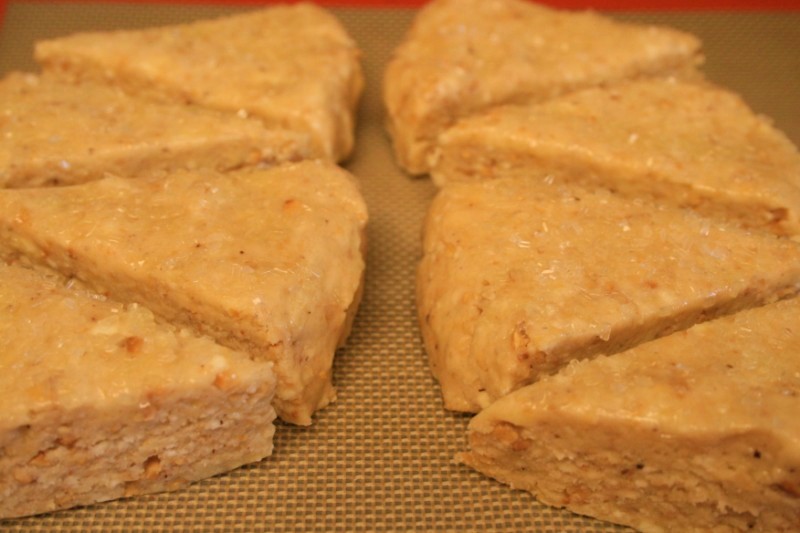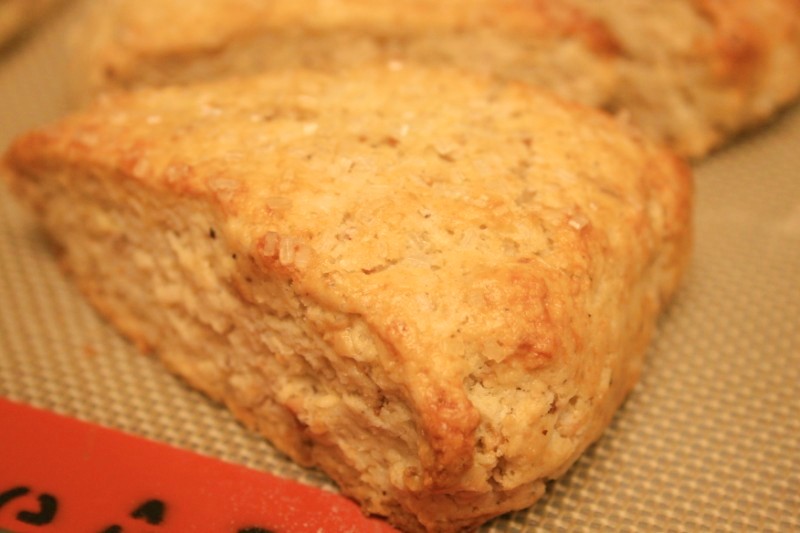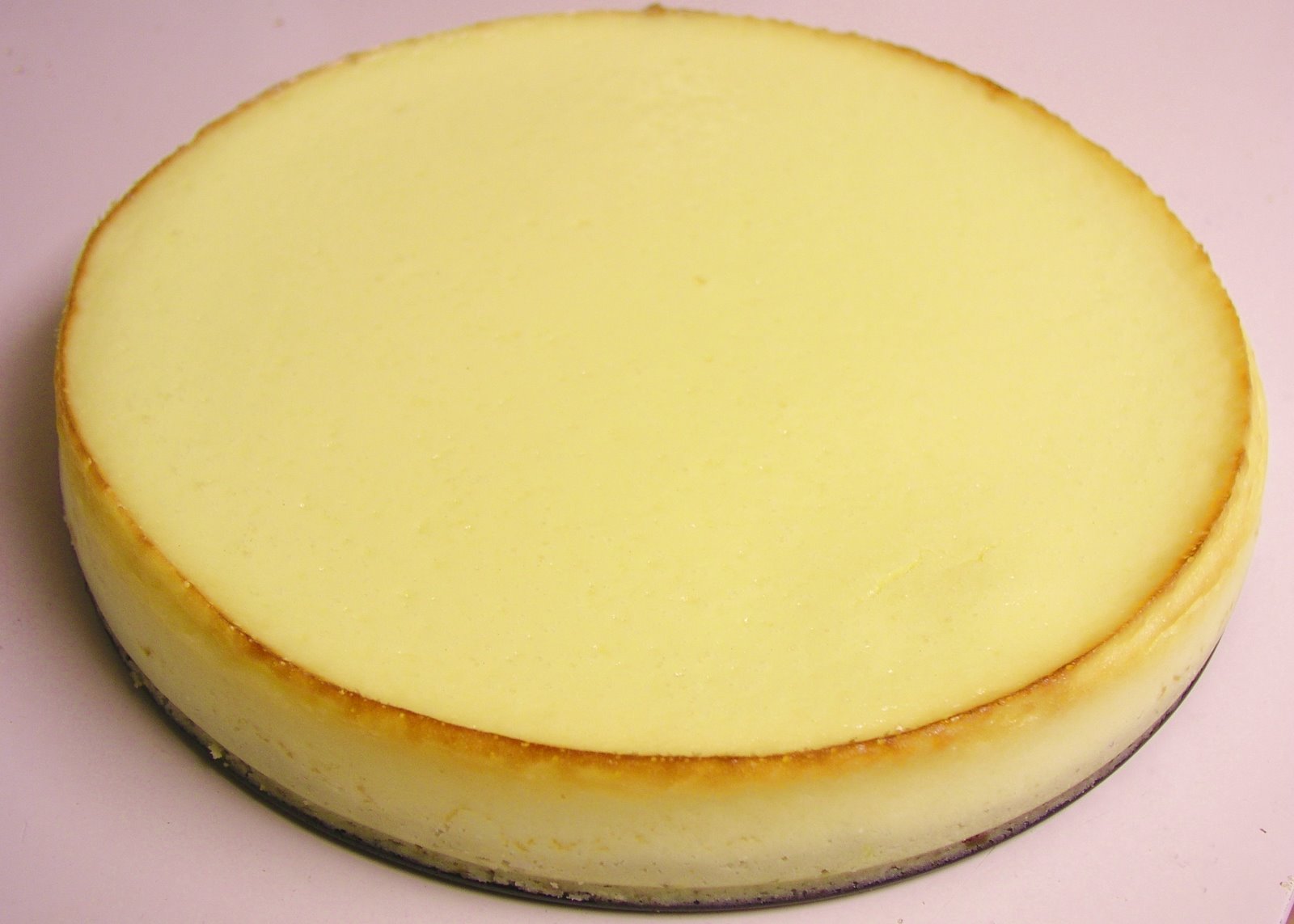
I've found a number of recipes online that claim Irish heritage or at least popularity, but it can be difficult sometimes to sort out the truth from the other stuff out there in cyberspace. Maybe some of my visitors can recommend some good sites for Irish recipes and history?
In the meantime, as I take a short vacation on the Oregon Coast, I begin looking ahead to the
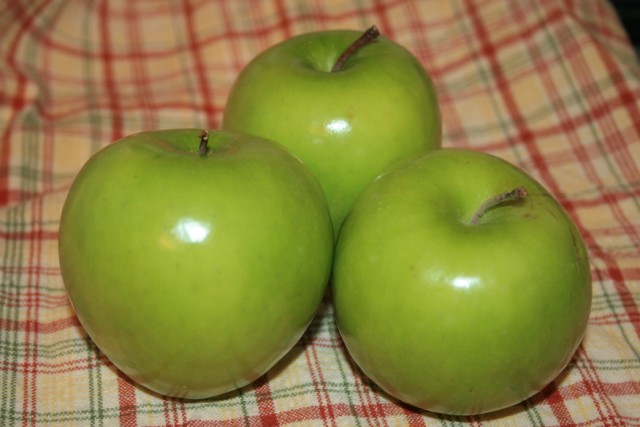 change in seasons to my favorite time of year - Fall. I love the weather, cool, foggy, crisp, clean. When I sense those changes coming, I can't help but begin thinking of fall cooking - comfort foods - and for me, my favorite Fall ingredient has to be apples. Of course, we can get apples here year-round, but fall is the time when the best of the harvest come in and everyone's thoughts start to turn to baking with apples.
change in seasons to my favorite time of year - Fall. I love the weather, cool, foggy, crisp, clean. When I sense those changes coming, I can't help but begin thinking of fall cooking - comfort foods - and for me, my favorite Fall ingredient has to be apples. Of course, we can get apples here year-round, but fall is the time when the best of the harvest come in and everyone's thoughts start to turn to baking with apples.So, looking at my pile of fresh Granny Smiths, and considering how I might explore some of that Irish heritage, I came across a recipe on Joyofbaking.com for an Apple Scone Cake. Now, if the description of this recipe as posted on Joy of Baking is to be believed, the Apple Scone Cake is one of the most popular desserts made by home bakers in Ireland (can anyone confirm that??). It certainly sounded like an interesting recipe to try - and, for all I could tell, seemed as if it could be a real 'Irish' dessert. Why not give it a try? The concept is interesting - it's not really a 'cake' as I would think of it - it's really more of a cross between a cake and a pie. Imagine apple pie, but instead of the traditionally flaky pie crust, a more 'cakey' scone crust instead. Since I'm not yet experienced in the fine art of pie crust, but have successfully made scones, this seemed like a great gateway recipe to my first ever 'pie'
Overall the results were very good. Having made this, I would probably make the following changes the next time around: a bit more sugar/cinnamon in the apples - I used more apples than the recipe called for, but didn't add more sugar to account for that change. Second, I would bake it just a bit longer - I like my apples a bit softer, but this was still pretty good. Third, I might add just a few small pats of butter (not margarine) in with the apples. Lastly, I might add just a touch more sugar to the scone base. With all of that being said, I am including the full original recipe with no modifications so you can start at the same point as me. This is a hearty and tasty dessert - perfect for a cool fall evening - I will definitely be making this again.
Apple Scone Cake (originally from Joyofbaking.com)
2 Cups (280 grams) All Purpose Flour
1/2 Cup (100 grams) Granulated White Sugar
1 Teaspoon Baking Powder
1/4 Teaspoon Salt
1/2 Cup (113 grams)(1 stick) Unsalted Butter, Cold and cut in pieces
2 Large Eggs, Divided
1/2 Cup (120ml) Milk, Divided
1 Teaspoon Pure Vanilla Extract
Filling:
1 Pound (454 grams) Granny Smith Apples, peeled, cored and cut into 1 inch (2.54cm) chunks
2 - 3 Tablespoons (30-45 grams) Granulated White Sugar
1/4 Teaspoon Ground Cinnamon
Garnish:
Granulated White Sugar
Preheat over to 350 degrees F (177 degrees C) and place rack in the center of oven. Butter (or spray with nonstick cooking spray) a 9-Inch (23cm) glass pie plate.
In a small bowl, whisk together one egg and 1 tablespoon from the 1/2 cup milk. Set this aside for later use as a glaze for the top of the cake.
In a large bowl, whisk together the flour, sugar, baking powder and salt. Cut the butter in small pieces and blend into the flour mixture with a pastry blender or two knives. The mixture should look like course crumbs. In a separate small bowl, whisk together the remaining one egg, remaining milk and vanilla extract and add to the flour mixture, stirring just until the dough comes together. Do not overmix the dough.
Transfer to a lightly floured surface and knead the dough gently four or five times. Divide the dough in half. Pat one half of the dough onto the bottom and up the sides of the pie plate.
In a separate bowl, toss together the cut apples, sugar and cinnamon. Spread the apples evenly over the bottom of the dough in the pie plate.
Roll the remaining dough into a 9 inch (23cm) circle, on a lightly floured surface. Gently place the dough over the apples. With your fingers, seal the edges of the top and bottom crusts. Brush the top of the dough with the egg and milk glaze and sprinkle with white sugar. Cut a slit in the center of the dough to allow steam to escape.
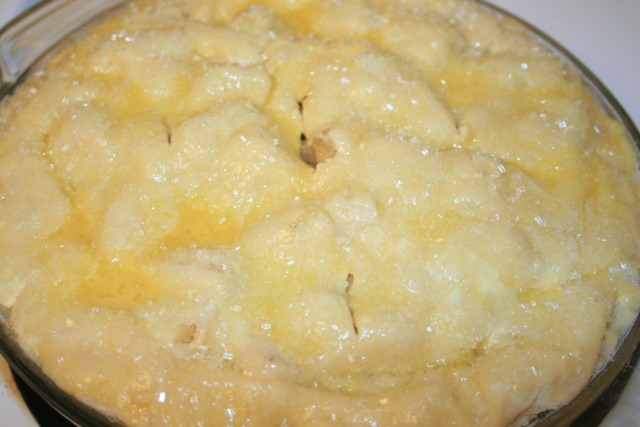
Bake in the preheated oven for about 35-45 minutes or until the pastry is nicely browned and a toothpick inserted into the center of the cake comes out clean.
Serves 6 to 8
Additional notes from Erik: I prefer to freeze my cut butter before working it into the mix, it helps keep it from melting, which is important to scone making. You can also bring this dough together in a food processor to help speed the process of cutting the butter into the flour mixture - I use this same method when I make scones and it works very well. This is a 'rustic' recipe, so don't worry if your crust doesn't look perfect. Lastly, I used 'decorators sugar' instead of regular sugar on the top of the cake - I like the look and crunch of the bigger sugar crystals.

